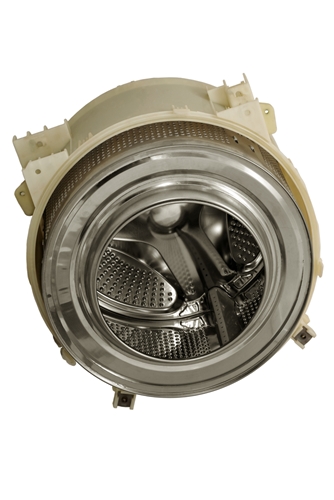

- Contributions by industrial experts with engineers in mind
- Focused on specialty-chemical material applications and selection
Knowledge Center
Characteristics of MMAs

Methyl Methacrylate (MMA) Adhesive Characteristics
Methyl methacrylate (MMA) adhesive characteristics are the subject of this Gluespec article. MMAs are a class of structural acrylic adhesives, i.e., acrylic glues that can bear the stress of a joint.
Methyl methacrylate (MMA) adhesives are a class of structural acrylic adhesives, i.e., acrylic glues that can bear the stress of a joint. These adhesives have been in production for more than 50 years - older generations had limited shelf lives and less versatility, but advances in the past few decades with generation two and three MMAs have made them viable alternatives to epoxies and polyurethanes in a variety of fields such as automotive (truck and RV) and marine construction, as well as for use in wind turbines.
MMAs are two-part adhesives - polymers dissolved in a methacrylate monomer forms one part and a hardener catalyst that forms free-radicals resulting in polymerization when the parts are mixed. The resulting cured resin bonds strongly to metals, plastics and composites. The parts can be combined in meter-mix dispensing equipment or smaller mix-nozzle packages usually in a 1:1 or 10:1 ratio. One method of application involves wipe-on activators, where an activator is applied to one surface and the resin to the other - once they come into contact with light pressure, bonding occurs. This method is particularly useful in applications like magnet bonding.
MMA adhesives are generally less sensitive to variation in mix ratio than epoxies.
Unique Cure Profile
One main advantage of MMA adhesives is they have a "snap-cure" process. As opposed to epoxies, which cure gradually, MMA adhesives have a relatively long pot-life, and cure rapidly after at the end of their working time, reaching fixture time on the order of minutes. This cure process occurs at room temperature, and even in cold temperatures. Full cure occurs in 4-24 hours. The open-time of the adhesives can be customized by formulation and mixing ratio.
"MMA peel strength can actually be greater than epoxies and other adhesives."
Extended open-time formulations exist for applications where large amounts of adhesives need to be applied, like RV paneling. This precise control allows MMAs to be tailored to the application they will be used in and can streamline production, particularly in applications where heat-curing, clamping or other specialized equipment would otherwise be required.
Another unique advantage of MMA adhesives is that they partially solvate many of the surfaces they bond. This means surface preparation can often be skipped or less thorough since grease and oils are usually dissolved by the adhesive. This property can further streamline manufacturing processes where MMAs are used since oily and unprepared surfaces can be bonded directly. MMAs can also cut through gel coats and release liners, allowing them to bond molded parts like fiberglass reinforced polyester (FRP) without additional preparation.
MMA Adhesive Characteristics: A Perfect Fit for Many Applications
MMAs can bond a variety of materials well - plastics (including thermoplastics), metals and composites in any combination, as well as other materials. Their bonding strength can be nearly as high as epoxies, making them viable replacements. Peel strength can actually be greater than epoxies and other adhesives. Additionally, their Tg is often lower than epoxies, allowing them to be used in temperatures below -50C. The addition of elastomers to MMA adhesive formulation allows for excellent elongation, allowing their use in applications that require some flexibility. This can also provide MMAs with excellent impact resistance and resistance to fatigue.
These combinations of properties have lead MMAs to be the adhesive of choice in a number of fields. Large trucks and busses or RVs are often constructed using MMAs to adhere the metal panels to the chassis. The precise working time and snap-cure allows time and space to be saved during construction, and the aesthetic quality of exteriors can be improved without the use of metal rivets. MMAs have also found extensive use in boat-building, where their ability to bond variable bond lines is useful for the inherent gaps found in large manufactured pieces and composites often found in marine applications. MMAs are also used in the manufacture of wind turbine blades which require adhesives with good mechanical shock and temperature resistance, as well as the ability to adhere large pieces with variable bond-lines. Sign-making and other metal-frp bonding applications are also ideal fits for MMA's unique strengths, as well as seam-sealing for solid surface countertops and walls.
There are some inherent disadvantages of MMA adhesives. While not particularly toxic, they do have a strong odor which can be off-putting. Some specialized low-odor formulations are available where this is a concern. MMAs are also flammable, so generally cannot be used in applications where they might be exposed to flame or combustion. The addition of different additives can increase upper temperature ranges, but for temperatures above 140C, MMAs are unsuitable. MMAs also have relatively poor resistance to solvents.






